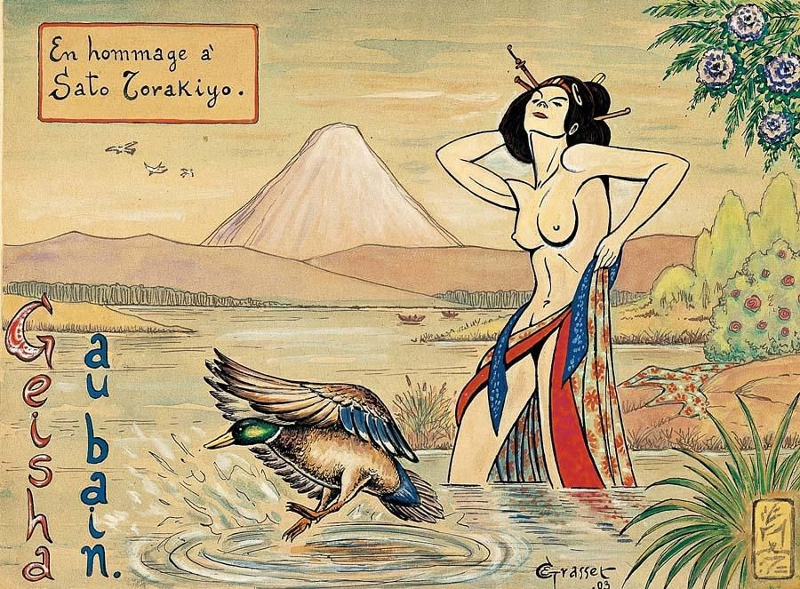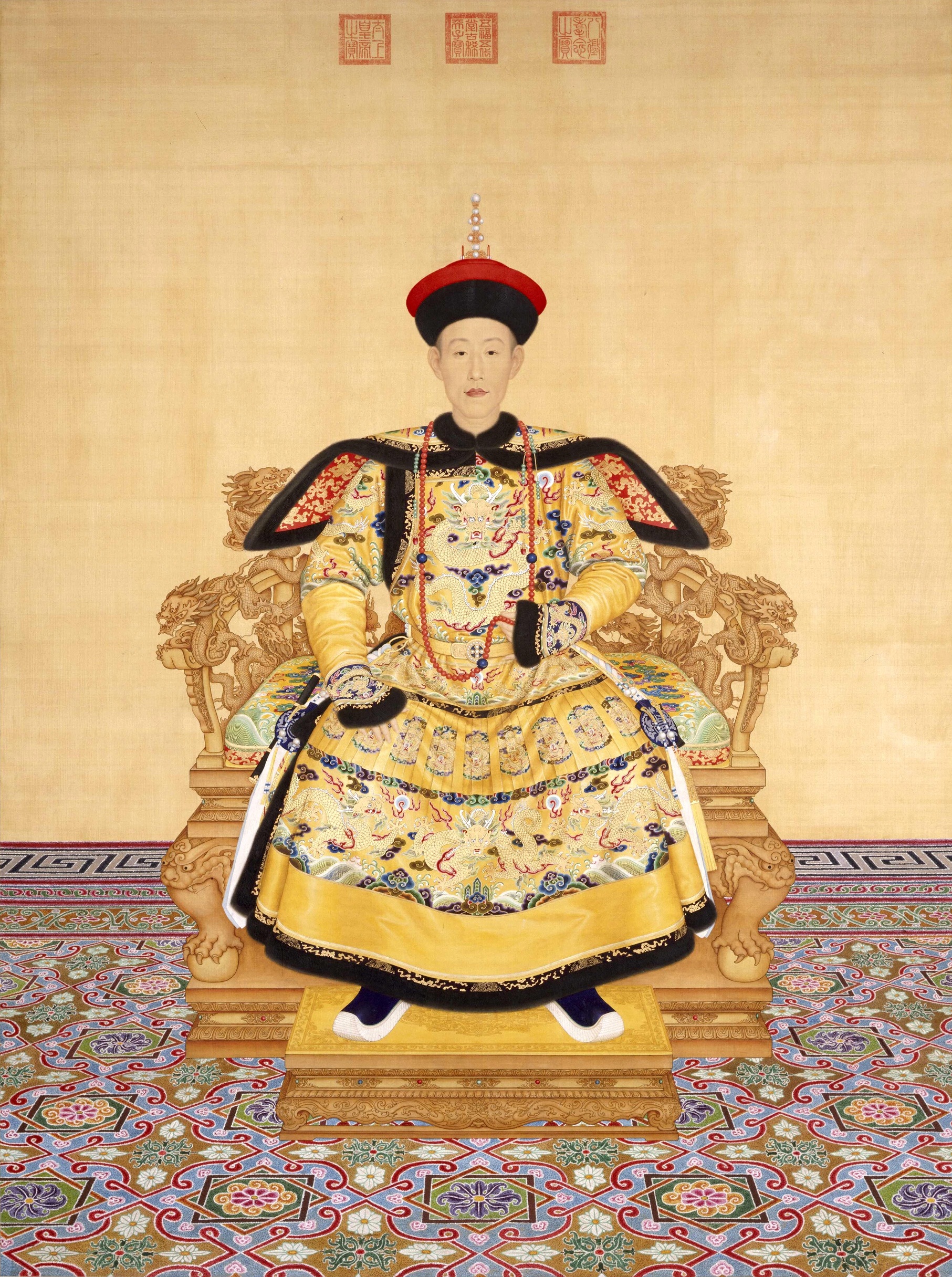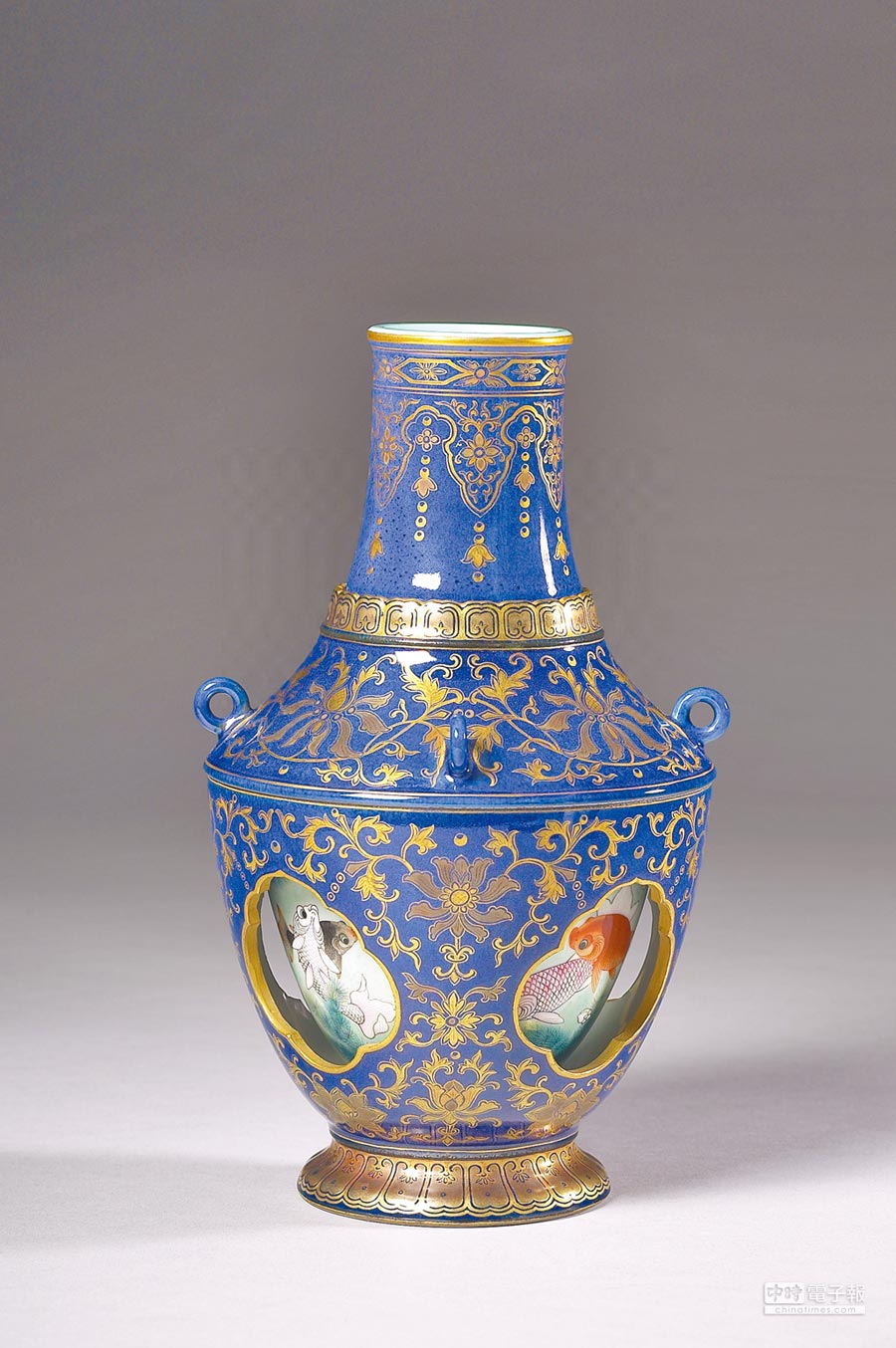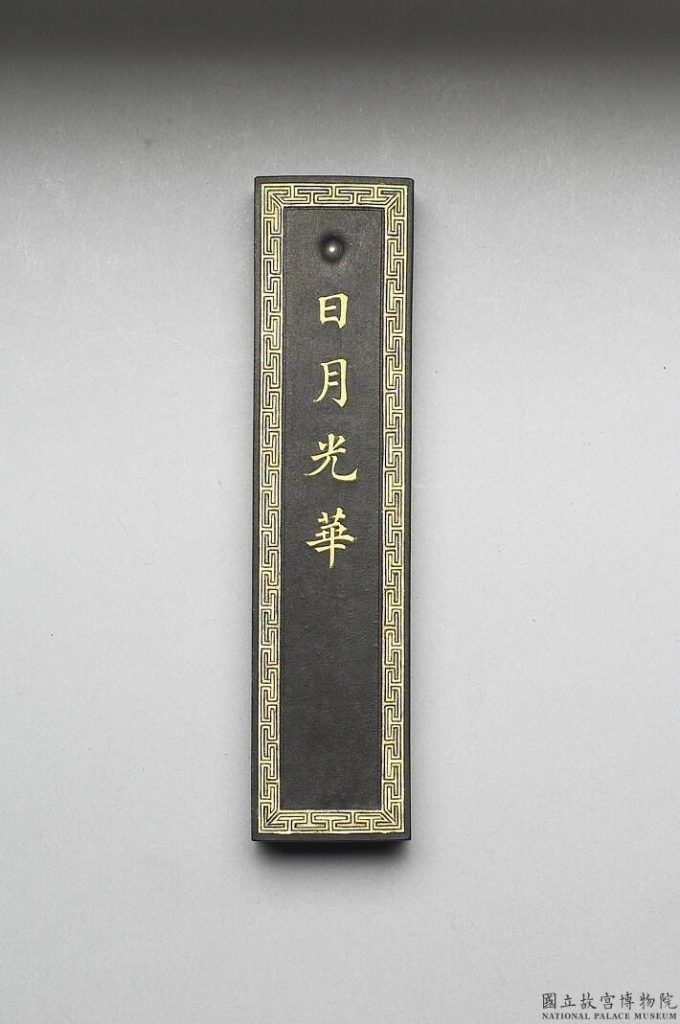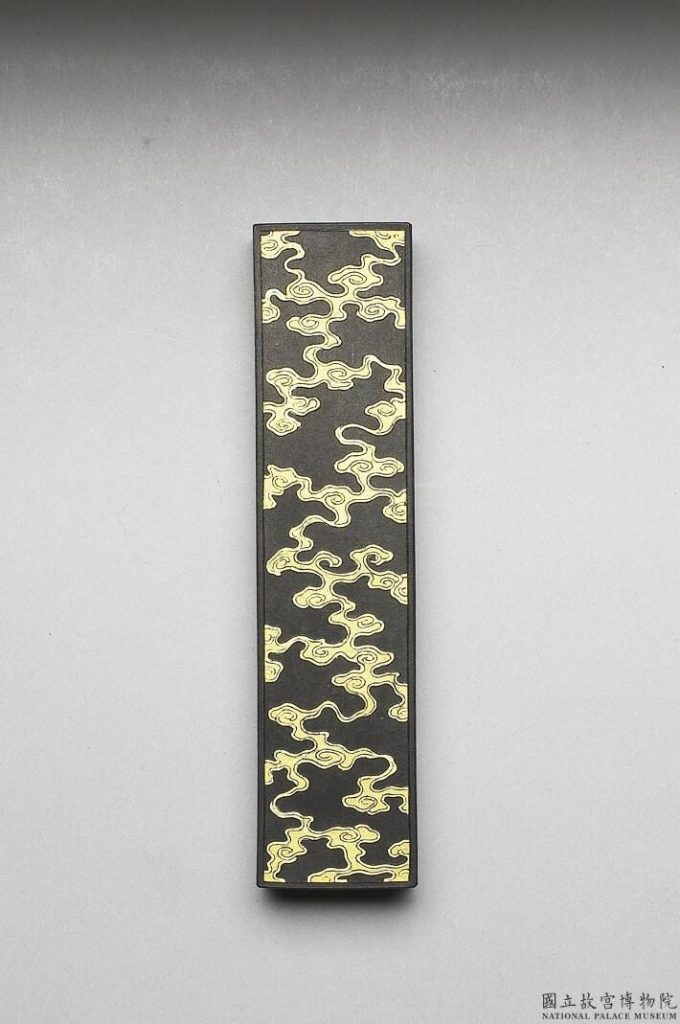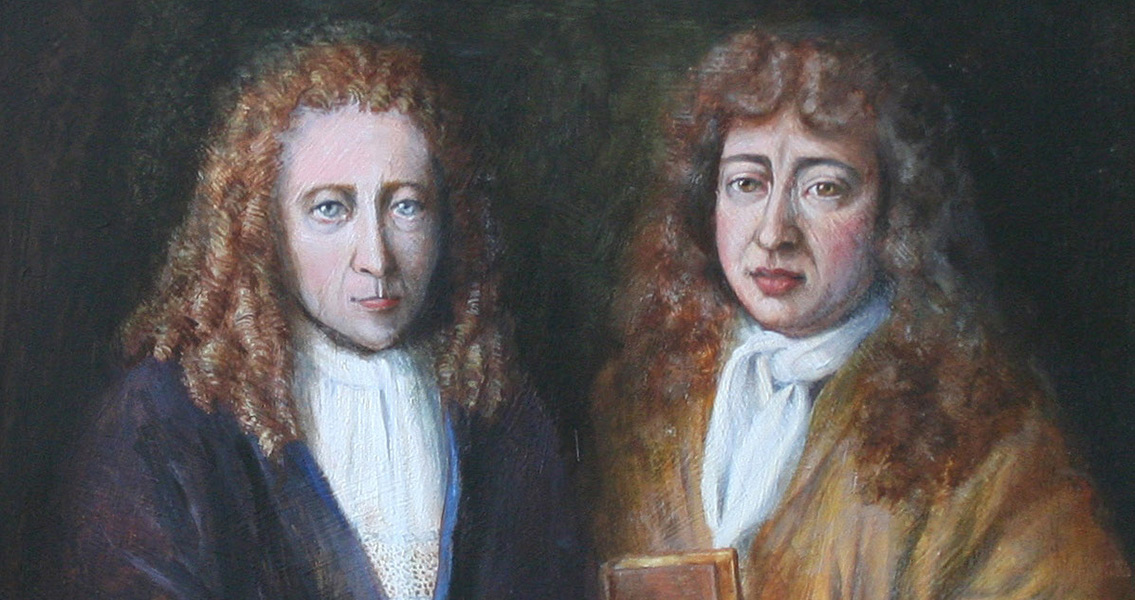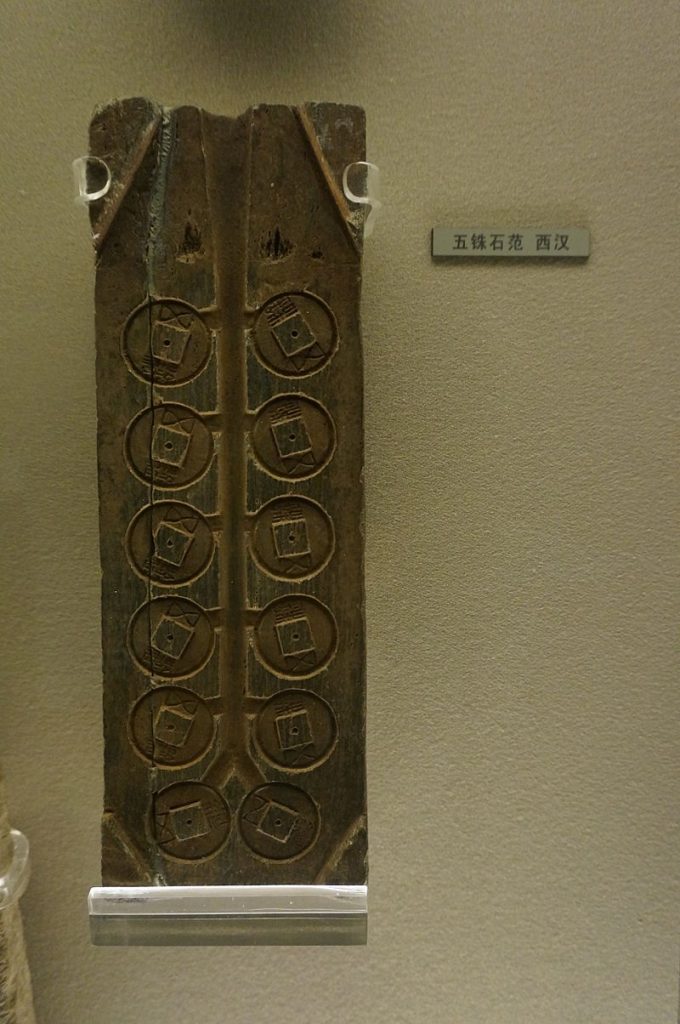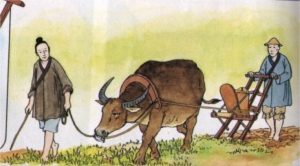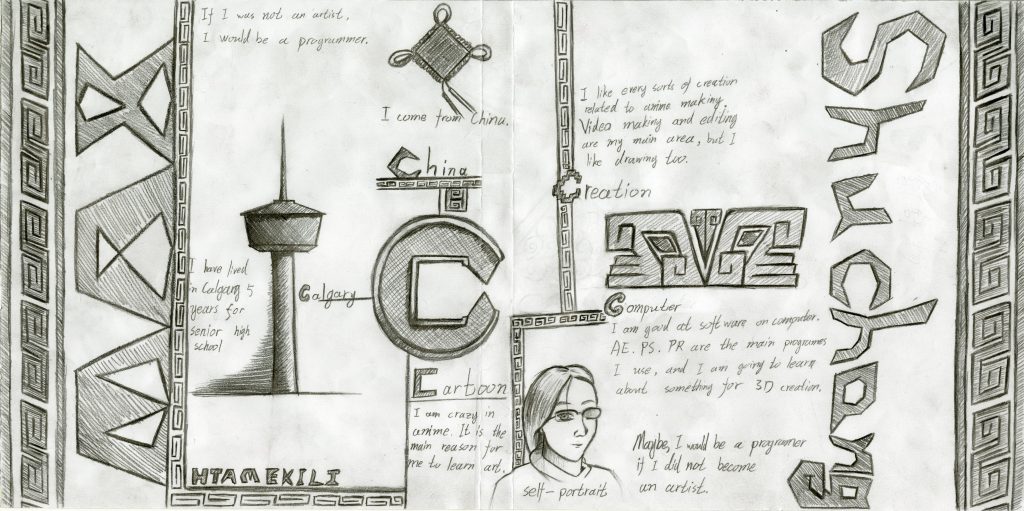
the Transformation of Corset
During the Victorian era, the corset was closely connected with female fashion and social aesthetic. Society morbidly required women to have an extremely thin waist, so a tight corset was necessary for all females. Women’s bodies were facing serious health problems because their bodies were totally distorted by those corsets.

However, because of the rise of women’s social status and the voice against the sacrifice of health, the corset was constantly transformed into easier types. Especially, under the spread of the New Woman ideal, the painful traditional aesthetics towards women had gone together with the end of the Victorian Period. Female clothes went to a more rational style. For heath, the pressure on the waist was much reduced. Corset began to hide more on the hip and legs, and its function even began to show as a bra in later types. Until the modern bra appeared, the corset finally disappeared in female daily clothes.

Dress & Tailored suits
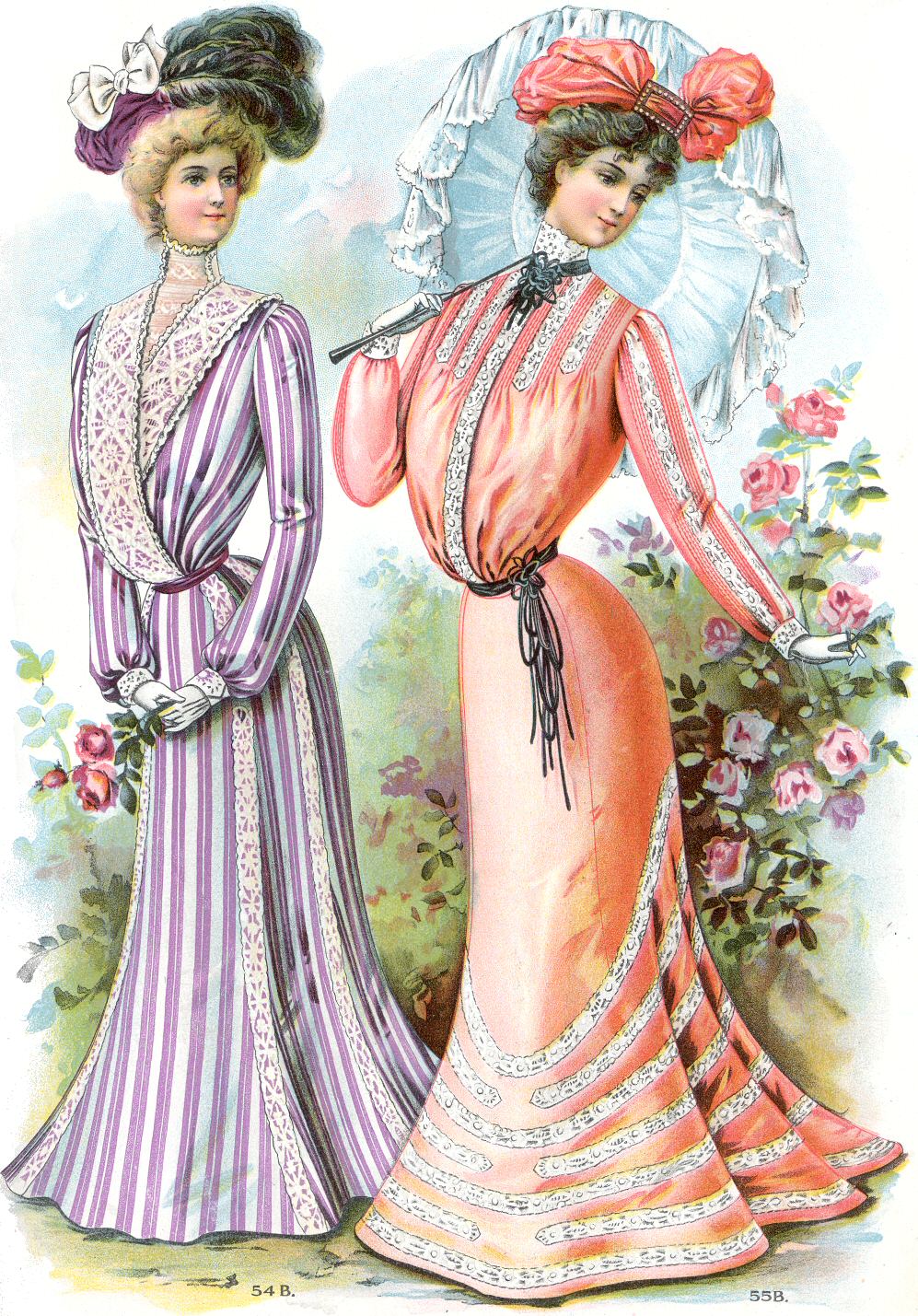
In earlier, due to the left influence of the Victorian Period, the dress was the absolutely custom for women. It was always designed so long that the back was always dragged to the ground. Nevertheless, the shorter dress was always one of the most main pursuits of rational costumes and an active lifestyle. The dress’s length was initially reduced to the level around the ankle. Until the First World War, the dress’s overall silhouette was constantly narrowed and straightened.

Since the more women’s participating in sport and other outdoor movements, more convenient costumes were required. Therefore, the tailored suits became an important cloth in women’s closets. Those suits were much less decorated than the dress, thus women were more masculine and blend into the male-dominated environment. Together with the streamlined dress, those types of cloth had become a new fashion in society at that time. Those all are also accompanied by the fighting of Women’s Suffrage.
References
https://medium.com/@aakankshaagnihotri/fashion-history-scanning-through-1900s-to1919-s-52130c693de3 https://en.wikipedia.org/wiki/1900s_in_Western_fashion https://en.wikipedia.org/wiki/Women%27s_Suffrage_and_Western_Women%27s_Fashion_through_the_early_1900s https://en.wikipedia.org/wiki/Victorian_dress_reform https://www.thefashionfolks.com/blog/20th-century-fashion-history-1900-1910/

